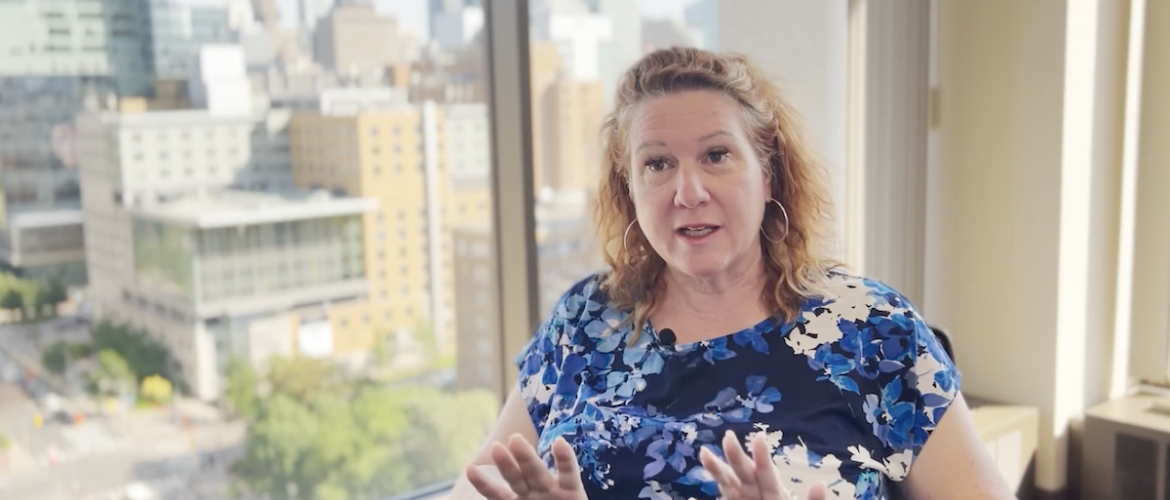 Laura Syron was shocked when her doctor told her she had type 2 diabetes at age 50.
Laura Syron was shocked when her doctor told her she had type 2 diabetes at age 50.
“Can we stop? I don’t even know what you just said to me,” Syron recalls thinking.
Looking back, she recalled episodes of being tired, cravings, and blurry visions, all among the signs of diabetes, although she didn’t know it at the time. Eight years later, her medication is finally worked out, and she feels good about her health.
Syron is now the president and CEO of Diabetes Canada, which is sponsoring Diabetes Awareness Month again this November. She describes her experiences in a video on the organization’s website.
It’s also Diabetes Awareness Month in the United States and Canada, making November a great time to highlight the link between exercise, diet and the disease, including for people over age 50.
The American Diabetes Association says 30 million Americans have diabetes, the seventh leading cause of death in the United States. Diabetes Canada says someone in the country is diagnosed every three minutes.
A person’s weight is a major factor. Exercise and proper eating are important in preventing and managing diabetes.
The ADA says we can take steps to prevent type 2, the most common form. “Stay at a healthy weight, eat well and be active. With these steps, you can stay healthier longer and lower your risk of diabetes.”
The ADA defines type 2 diabetes as “characterized by high blood glucose levels caused by either a lack of insulin or the body’s inability to use insulin efficiently. Type 2 diabetes develops most often in middle-aged and older adults but can appear in young people.”
Among Americans aged 65 and older, 25.2 percent or 12 million people have diabetes, the ADA says.
If you think you might be at risk, talk to your doctor. If you have been diagnosed, be sure to know about proper eating and exercise, and take care of yourself every day.
How exercise helps
Physical activity:
- Helps lower blood glucose, blood pressure, HDL cholesterol and triglycerides
- Lowers risk for pre-diabetes, type 2 diabetes, heart disease and stroke
- Relieves stress
- Strengthens the heart, muscles and bones
- Improves blood circulation and tones muscles
- Improves flexibility and reduces inflammation
And no, you’re not too old to start.
“Even if you’ve never exercised before, you can find ways to add physical activity to your day,” the ADA says. “Even if your activities aren’t strenuous, you’ll still get health benefits.”
“It’s complicated and it’s exhausting,” Syron says about learning to care for yourself with the disease. “Be kind to yourself and give yourself time to absorb and then learn as much as you can.”
Let Fitting Fitness In show you the healthy path to prevent and treat Type 2 diabetes, as well as other ailments common later in life.
Holly Kouvo is a personal trainer, functional aging specialist, senior fitness specialist, brain health trainer, writer, and speaker.

